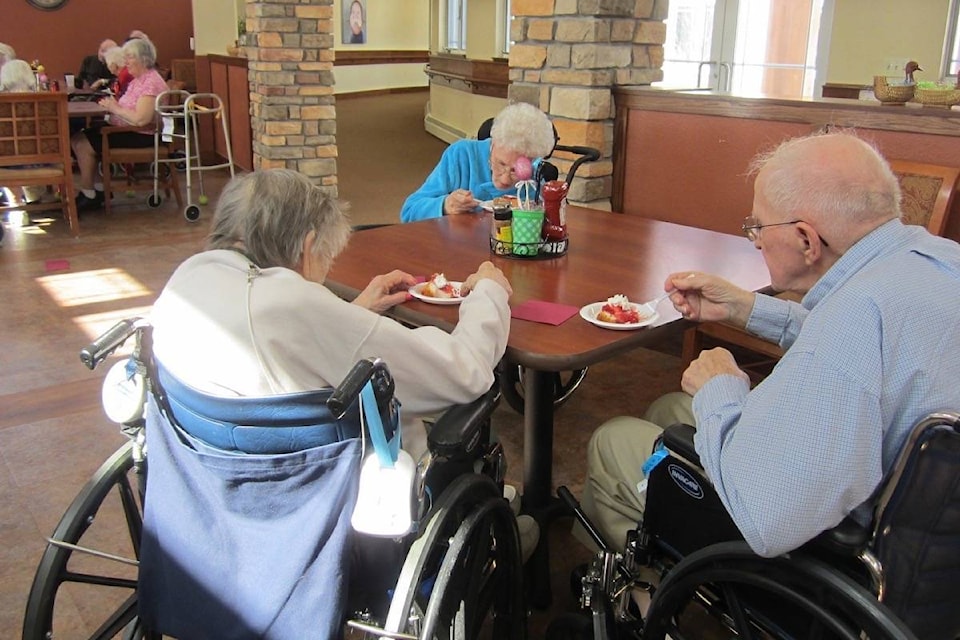British Columbia now has many more seniors than children, according to Statistics Canada data released Wednesday morning.
The federal agency’s numbers show that 18.3 per cent of B.C. residents are 65 and over, compared to 14.9 per cent who are 14 and younger. This demographic shift pushes the province’s average age to 42.3 years – younger than only the Maritimes. Canada-wide, 16.9 per cent of all residents are 65 and older.
The 2011 was the first year in which seniors outnumbered children in B.C. but at the time, the gap was just over 11,000. In 2016, seniors outnumbered children by just over 150,000. According to Statistics Canada, the sharp increase in seniors correlates with baby boomers hitting retirement age while the slow growth in children is due to decreasing fertility rates.
Rennie Group senior economist Ryan Berlin believes that the fear over too many baby boomers is overinflated. He points out that even in 2016, the number of generation Xers, the generation after the boomers, outnumbers the them.
“We’re not adding boomers, we’re losing them,” he added.
The concern over how long the boomers are living is also mostly misplaced, Berlin said.
“Because we are living longer, we will always have more people in our older age groups than we had in the past,” he said.
Longer lifespans have played a role in increasing the both percentage of seniors in B.C. and raising the ratio of women to men. In 2016, women made up 60 per cent of the province’s population – just slightly above the Canadian average of 50.9 per cent.
In the 65 and older age grouping in B.C., there were 453,425 women and just 395,555 men – a difference of almost 60,000. The only age category in which there are more men than women is children 14 and younger and there the difference is just just under 30,000.
In the Lower Mainland, where rising house prices have spurred on worries about millennials – particularly in Vancouver itself – leaving, Rennie Group vice-president of marketing Andrew Ramlo says that census numbers disprove those concerns.
“There’s this notion that there’s this huge exodus of the younger population out of the City of Vancouver,” said Ramlo, “but [the young population] grew relatively significantly [and] only slightly slower than the regional average.”
The growth in the 15-64 population further supports that theory, said Berlin.
“Within Lower Mainland, the City of Vancouver has the second highest proportion of the 15-64 cohort,” said Berlin.
That trend still holds true when you isolate the millennial generation of 20-39-year-olds. Across B.C., that group grew by 6.4 per cent but the Vancouver census metropolitan area (roughly analogous to Metro Vancouver) grew by 7.3 per cent, said Berlin.
“Vancouver grew faster than some of the regions that are purportedly stealing this cohort,” said Berlin. “So faster than Victoria and Abbotsford-Mission.”
READ:
B.C. by the numbers: age and sex
READ:
Not all of B.C. was equal in either age or sex distribution. The regional districts with the highest proportion of seniors were Okanagan-Similkameen, the Sunshine Coast, Powell River and Nanaimo. However, Statistics Canada said that as a region, Vancouver Island – particularly Nanaimo, Comox Valley, Cowichan Valley and Alberni-Clayoquot – had high proportions of both seniors and women.
WATCH: B.C. through the years



